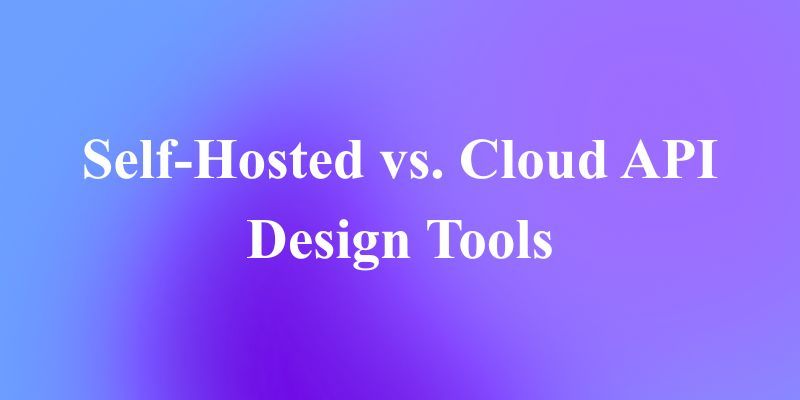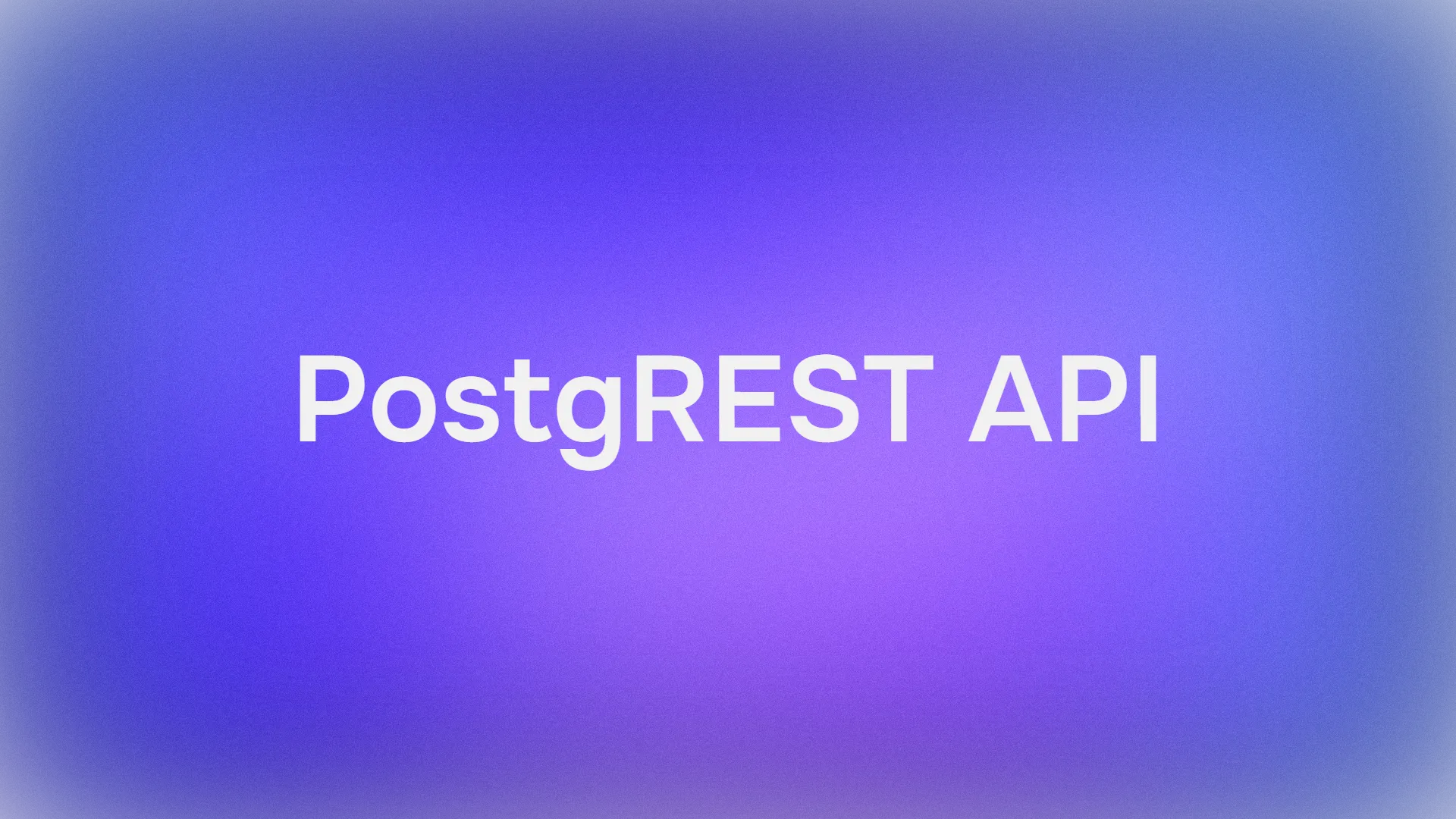You're about to start a new API project. Your team is excited, developers are ready to code, and stakeholders are waiting. The big question is: do you start writing code immediately, or do you start by designing the contract that your API will fulfill?
If you choose the latter, you're embracing contract-first API design and you're on the path to building better, more reliable APIs. But this approach raises another crucial question: what tools should you use to create and manage these API contracts?
The tool you choose can make the difference between a smooth, collaborative process and a frustrating, disjointed one. The right tool doesn't just help you write documentation; it becomes the central hub for your entire API development lifecycle.
Now, let's explore the world of contract-first API design tools and help you find the perfect fit for your team.
What is Contract-First API Design Anyway?
Before we dive into tools, let's clarify what we're talking about. Contract-first API design is an approach where you define the API's interface, the "contract" before writing any implementation code.
Think of it like architectural blueprints for a building. You wouldn't start pouring concrete before architects and engineers have agreed on detailed plans. Similarly, with contract-first design, you define:
- The endpoints (URL paths)
- The HTTP methods (GET, POST, PUT, DELETE)
- The request and response schemas
- Authentication requirements
- Error formats
This is the opposite of code-first approaches, where you write the implementation code and generate documentation from comments or annotations.
Why Go Contract-First?
The benefits are substantial:
- Better Collaboration: Frontend and backend teams can work in parallel. Once the contract is agreed upon, frontend developers can build against mock servers while backend developers implement the actual logic.
- Early Validation: Stakeholders can review the API design before significant development effort is invested. It's easier to change a specification document than refactor working code.
- Clear Expectations: The contract serves as a single source of truth that everyone, including developers, testers, product managers, can reference.
- Automation-Friendly: Well-defined contracts/documentation enable automated testing, code generation, and documentation.
The Tool Landscape: Understanding Your Options
The contract-first ecosystem has evolved significantly, offering tools that range from simple specification editors to comprehensive platforms. Let's break down the main categories.
1. The Specification Editors
These tools focus primarily on helping you write and validate API specification files, typically in OpenAPI format.
Swagger Editor
- What it is: A browser-based editor for OpenAPI specifications
- Strengths: Excellent for learning OpenAPI syntax, real-time validation, instant documentation preview
- Limitations: Primarily a single-purpose tool; you'll need other tools for testing, mocking, and collaboration
- Best for: Developers who want a clean, focused environment for writing OpenAPI specs
Stoplight Studio
- What it is: A visual editor for OpenAPI specifications
- Strengths: More intuitive than writing YAML/JSON manually, good visual design interface, built-in validation
- Limitations: Can feel restrictive for developers comfortable with raw OpenAPI
- Best for: Teams with mixed technical backgrounds where visual editing is beneficial
2. The All-in-One Platforms
These tools aim to cover the entire API lifecycle from design and mocking to testing and documentation.
Apidog
- What it is: A comprehensive API collaboration platform
- Strengths: Combines API design, mocking, testing, debugging and documentation in one interface, excellent team collaboration features, doesn't require deep OpenAPI knowledge to start
- Limitations: Newer to the market compared to some established players
- Best for: Teams wanting an integrated workflow without switching between multiple tools
Postman
- What it is: Primarily an API testing platform that has expanded into design
- Strengths: Huge user base, extensive testing capabilities, strong ecosystem
- Limitations: Design features can feel bolted on rather than integrated, complex for simple design tasks
- Best for: Teams already invested in the Postman ecosystem for testing
Deep Dive: Key Features to Evaluate
When choosing a contract-first API design tool, here are the critical capabilities to consider:
Design and Editing Experience
- Visual vs. Code-First: Do you prefer dragging elements in a UI or writing YAML/JSON? Apidog and Stoplight offer strong visual editors, while Swagger Editor is code-centric.
- Learning Curve: How quickly can new team members become productive? Visual tools typically have shallower learning curves.
- Validation and Linting: Does the tool catch errors and suggest improvements in real-time?
Collaboration Features
- Version Control: How does the tool handle changes and revisions? Look for proper version history and comparison tools.
- Comments and Review: Can team members discuss specific endpoints or fields directly in the tool?
- Access Controls: Can you manage who can view, comment, or edit different parts of your API?
Mocking Capabilities
- Automated Mock Generation: Does the tool instantly create mock servers from your design?
- Dynamic Responses: Can you configure different response scenarios (success, error cases)?
- Realism: How closely do the mocks resemble the eventual real API?
Testing Integration
- Test Generation: Can you create tests directly from your API design?
- Environment Management: How easily can you switch between mock, development, and production environments?
- Automation: Can you integrate testing into your CI/CD pipeline?
Documentation Generation
- Automated Docs: Does the tool generate documentation from your design?
- Customization: Can you brand and customize the documentation?
- Interactive Features: Do the docs allow users to try API calls directly?
Real-World Workflow Comparison
Let's see how different tools handle a typical contract-first workflow:
Scenario: Designing a User Management API
With Apidog:
- Design API using visual interface
- Mock server is automatically available
- Team members comment directly on endpoints
- Generate test case using AI
- Documentation stays synchronized automatically
The integrated approach significantly reduces context switching and tool management overhead.
With Swagger Ecosystem:
- Write OpenAPI spec in Swagger Editor
- Use Swagger UI to share documentation
- Set up a separate mock server (maybe with Prism)
- Use Postman or another tool for testing
- Manage collaboration via Git and code reviews
Making the Choice: Which Tool is Right for You?
Choose Apidog if:
- You want an all-in-one solution
- Team collaboration is a priority
- You want to minimize context switching between tools
- You need strong testing capabilities alongside design
Choose Swagger Editor if:
- You're comfortable with OpenAPI syntax
- You prefer code-centric workflows
- You already have established tools for testing and collaboration
- You want a free, open-source solution
Choose Stoplight if:
- You want visual design capabilities
- Your team includes non-technical members who need to review APIs
- You need strong governance and style guide enforcement
- You're willing to pay for premium features
Choose Postman if:
- Your team already uses Postman extensively for testing
- You need advanced testing scenarios and automation
- You value the extensive Postman ecosystem and community
Best Practices for Contract-First Success
Regardless of which tool you choose, these practices will help you succeed with contract-first design:
1. Start with Business Requirements
Begin with user stories and business capabilities, not technical implementation. Ask "what do consumers need?" rather than "what's easy to build?"
2. Involve All Stakeholders Early
Include frontend developers, backend developers, QA engineers, and product managers in design reviews. Different perspectives reveal different requirements.
3. Version Your Contracts
Treat your API specifications like code. Use proper versioning and change management practices.
4. Design for Evolution
Assume your API will change. Include extension points and follow backward-compatible patterns.
5. Validate with Real Scenarios
Create example requests and responses that reflect real use cases. This helps uncover missing fields or incorrect assumptions.
Adopting the Contract-First Approach with Apidog

Whatever tool you choose, thorough testing is crucial. Apidog excels at helping you validate that your implementation matches your contract.
With Apidog, you can:
- Design your API contract using an intuitive visual editor
- Generate mock servers instantly for frontend development
- Create comprehensive test suites based on your API design
- Validate implementations against your original specification
- Automate regression testing to ensure contracts remain stable
The ability to move seamlessly from design to testing to documentation within one platform eliminates the friction that often derails contract-first initiatives.
Conclusion: Building on a Solid Foundation
Contract-first API design represents a maturity in how we build software. By defining clear interfaces before implementation, we create more reliable, more maintainable, and more developer-friendly APIs.
The tool you choose should support your team's workflow and reduce friction not add to it. While specification-focused tools like Swagger Editor are excellent for developers deeply familiar with OpenAPI, integrated platforms like Apidog offer a more accessible path for teams wanting to embrace contract-first design without the overhead of managing multiple specialized tools.
The best tool is the one your team will actually use consistently. It should make the contract-first approach feel natural rather than burdensome. By choosing wisely and following established best practices, you can transform your API development process from a source of friction to a competitive advantage.
Ready to try a modern approach to contract-first API design? Download Apidog for free and see how an integrated platform can streamline your API development workflow from design to deployment.



